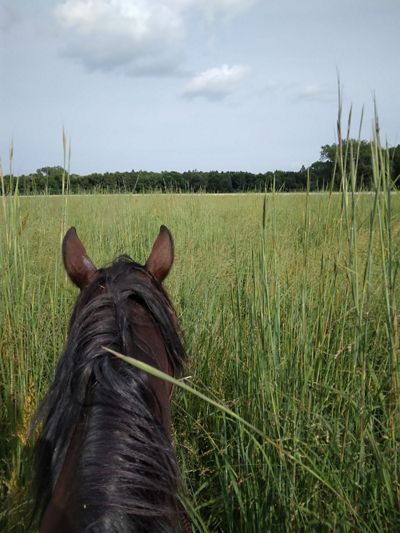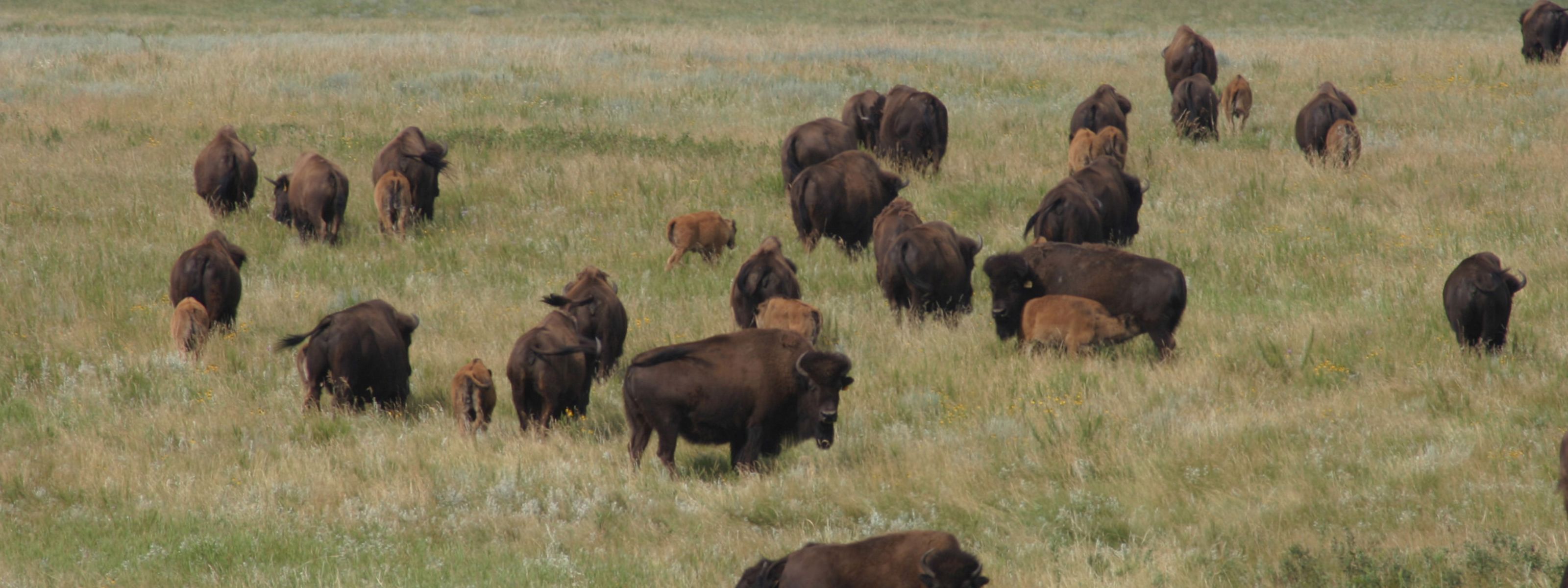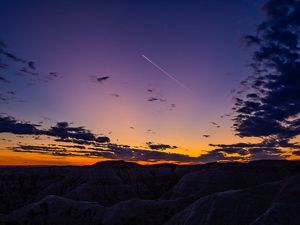How Fire Stimulated the Growth of Horse-High Grass
A North Dakota rancher conducted a controlled burn on his property. The results were unbelievable.
It’s a Wednesday morning in May and Pete Kronberg’s pot-bellied pig is following him around his 150-acre North Dakota ranch as he inspects the grass growth near his hoop barn.
“June 1, I want the max amount of grass as close to that barn as I can get it.”
The squat white barn and surrounding ranch, part of a larger 400-acre family operation and home to 500 sheep and 45 cattle, sits in an undulating swathe of mixed-grass Missouri Coteau called the Leola Hills, which winds down from Saskatchewan and into South Dakota. It’s been home to his family since it was originally homesteaded, though the family lore is foggy about exactly how long.
Kronberg, Vice-Chair of the North Dakota Grazing Lands Coalition, is busy preparing for up to 750 lambs and is carefully assessing flora growth around the proximity of his lambing barn.

The ewes need to graze near the barn when their lambs drop, so they can be attended to by Kronberg and his ranch hands once born and then put out into protected pasture. He explains how he’s left thick spring growth in several surrounding paddocks, so that the nursing ewes and their fresh lambs can be closely monitored. It’s a meticulous operation—and one that speaks to Kronberg’s love of systems and management.
Though he trained as an engineer, he made his way back to the family ranch.
“I really hated engineering. I really liked the study, but I did not like the profession,” he said. “I like being outside and working with the animals, and I really came to love growing grass.”
Farming Grass
Grass is what he has been focused on for the past several years, and in 2023 he decided to try out prescribed fire, with support from the North Dakota Prescribed Fire Cooperative.
The Cooperative, facilitated by The Nature Conservancy and other local and national partners, promotes a positive North Dakota landowner awareness of prescribed fire as a management tool for both grassland productivity and wildfire prevention—including training landowners on how to conduct burns on their own land.
After attending a pasture walk event with the Cooperative, and having numerous conversations with various landowners and fire practitioners, Kronberg cut fire breaks and burned a small portion of his southeast pasture one spring.
He carried on with a busy summer, saw that the grass had thickened and sprouted high, but it wasn’t until his girlfriend took a casual evening horse ride in mid-August that he understood the results. She came back and urged him on another horse, and as they got to the pasture Kronberg saw that the grass towered over both as they sat on their horses.
"My results were unreal,” he said. “My grass looked good before but got much better. Wildly productive.”
The result, by October, was 8-foot-high switchgrass, big blue, Indiangrass, oxeye and maximillian sunflowers—and a bounty for his animals.
It was not only the sheer size and bulk of the pasture, but the diversity, too.
During the hot July and August months—the “summer slump”—Kronberg noticed his burned pasture’s natives faring well. “They’re not as responsive to negative climate conditions—they can take the dry periods for a long time.”

Kronberg thinks ranchers should start looking beyond Kentucky bluegrass and smooth brome. “There’s no reason that the ranching world is reliant on two invasive species."
“The real gains to be had—ranching and farming—will come from management, making good decisions. I make a lot of poor decisions every year, but I make a few good ones, and I learn from it. I pay attention to it.”
More, better grass means more animals can graze, increasing stock rates with the same returns. As a rancher, Kronberg’s focus is productivity, and he loves the experimentation that comes with his work.
“Most people just do what they did before and it doesn’t change.”
We Can’t Save Nature Without You
Sign up to receive monthly conservation news and updates from North Dakota. Get a preview of North Dakota's Nature News email.





